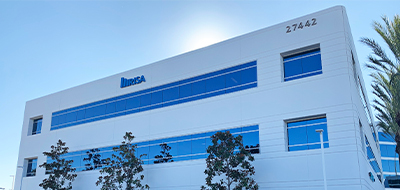
June 1, 2021
Understanding Unbraced Length in RISA-3D
In this video, learn about the various unbraced length parameters that exist in RISA-3D and how the different values can impact the design of beam and column members in RISA-3D. Click the button below to navaigate to the RISA-3D Help File. Search: Unbraced Length.











